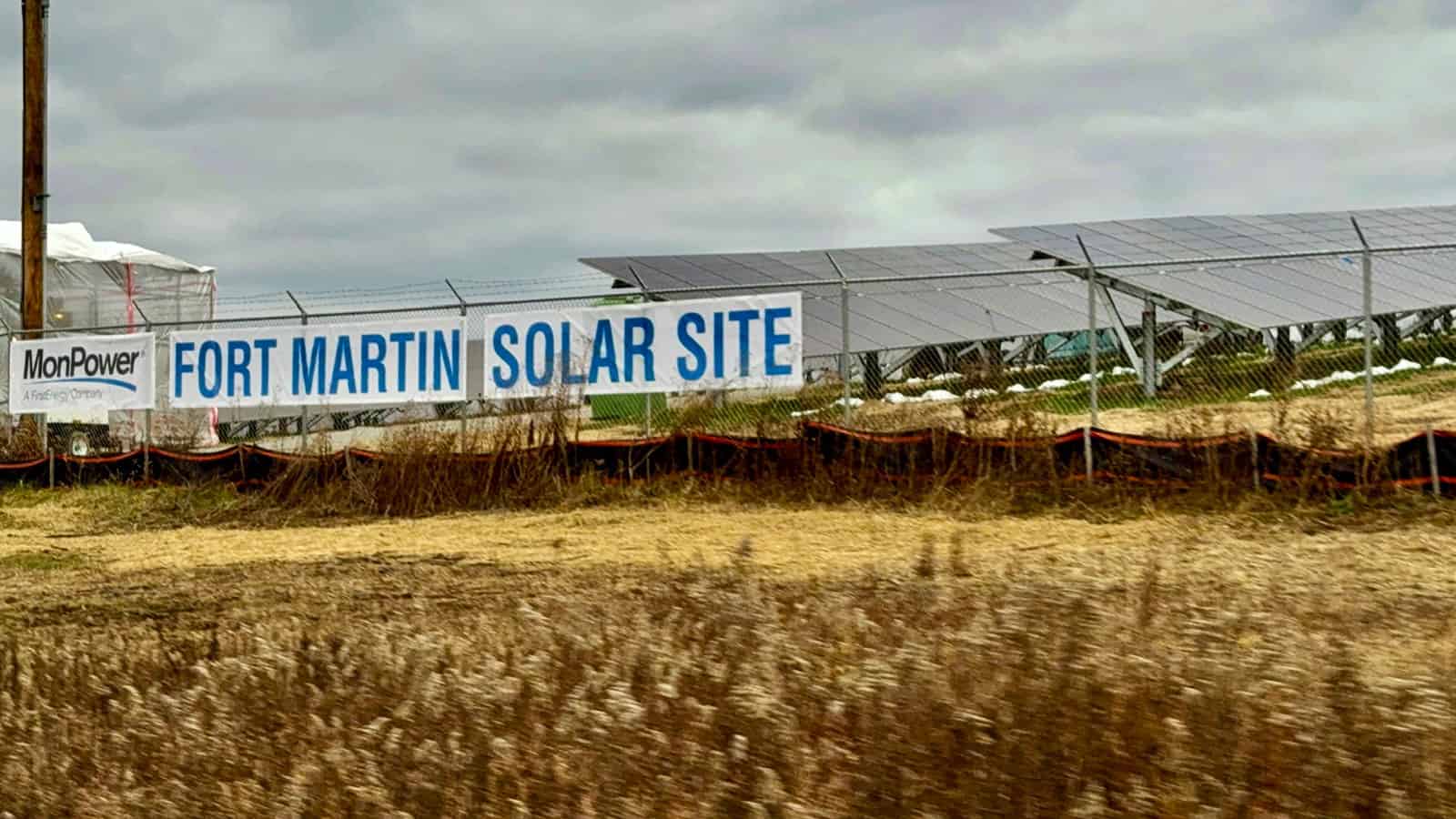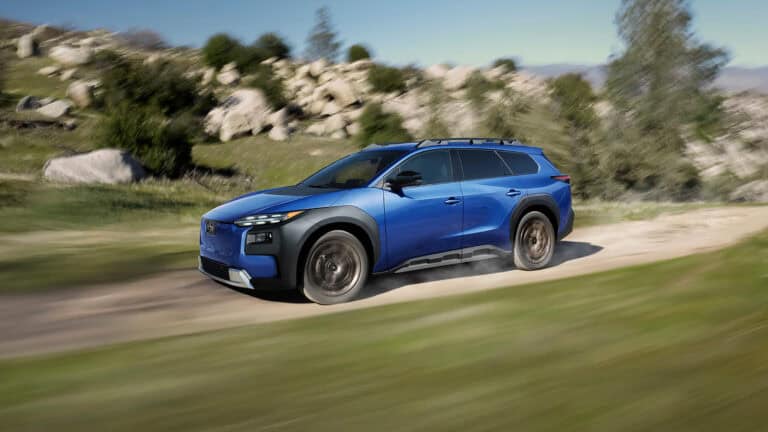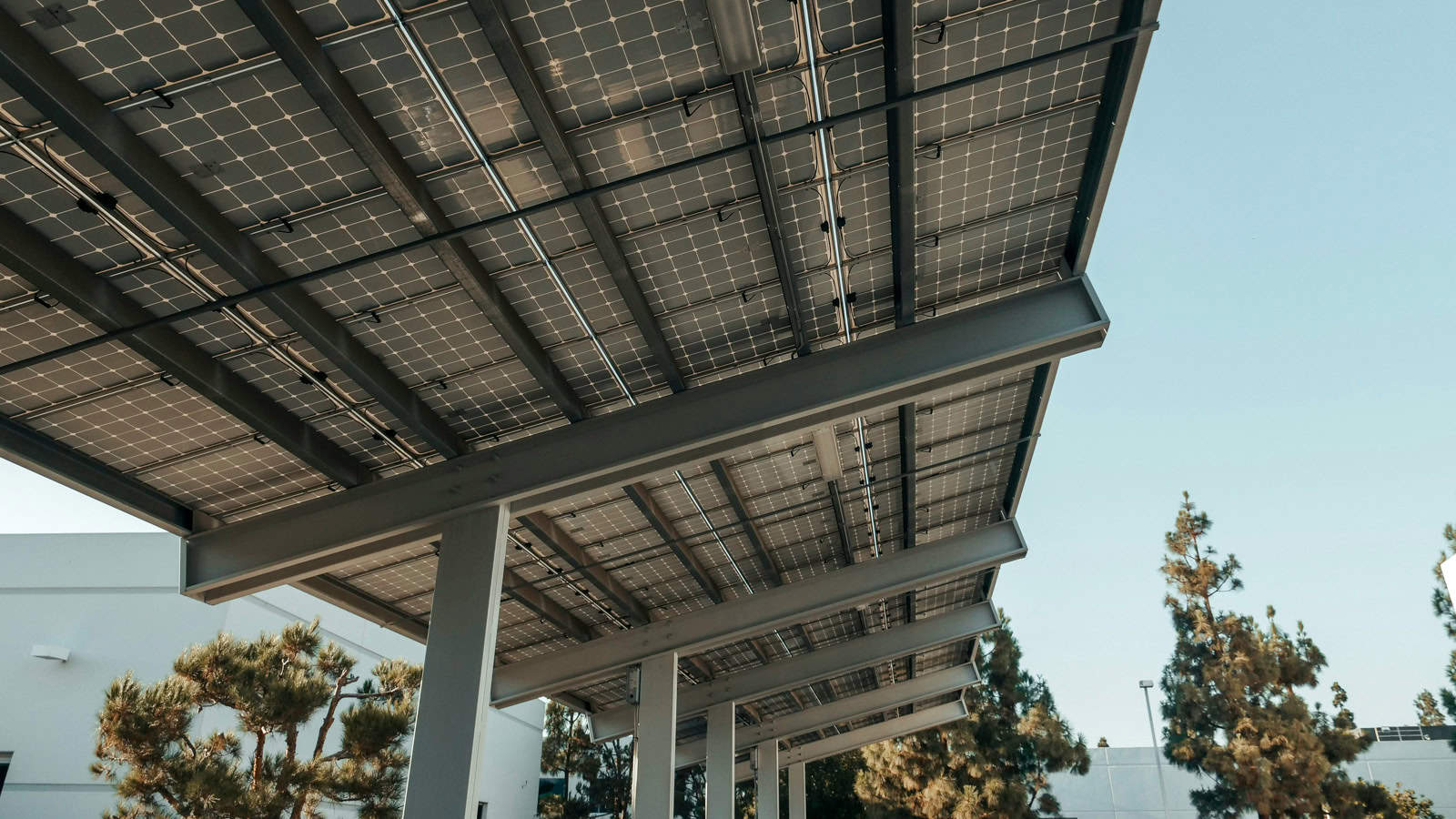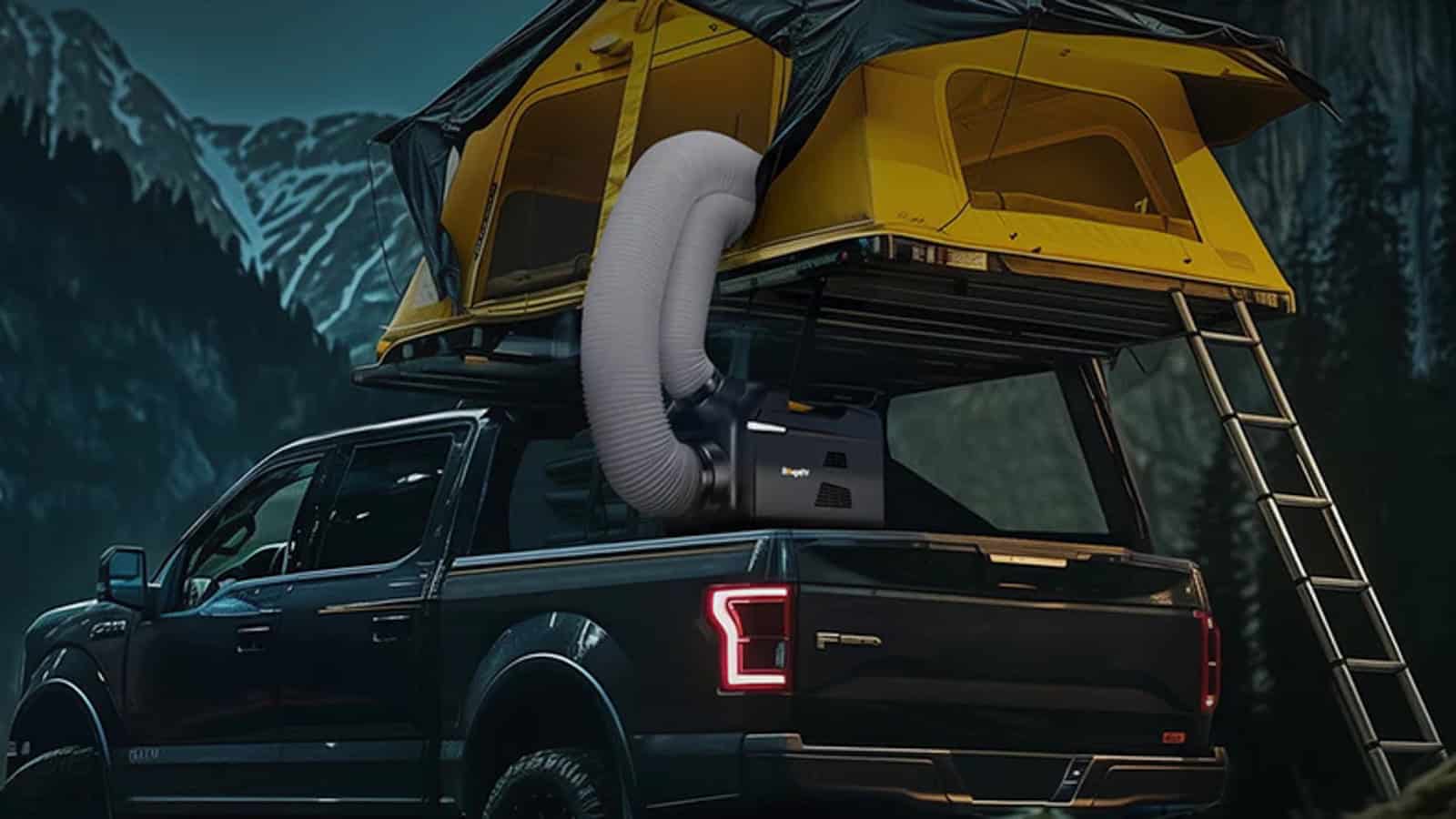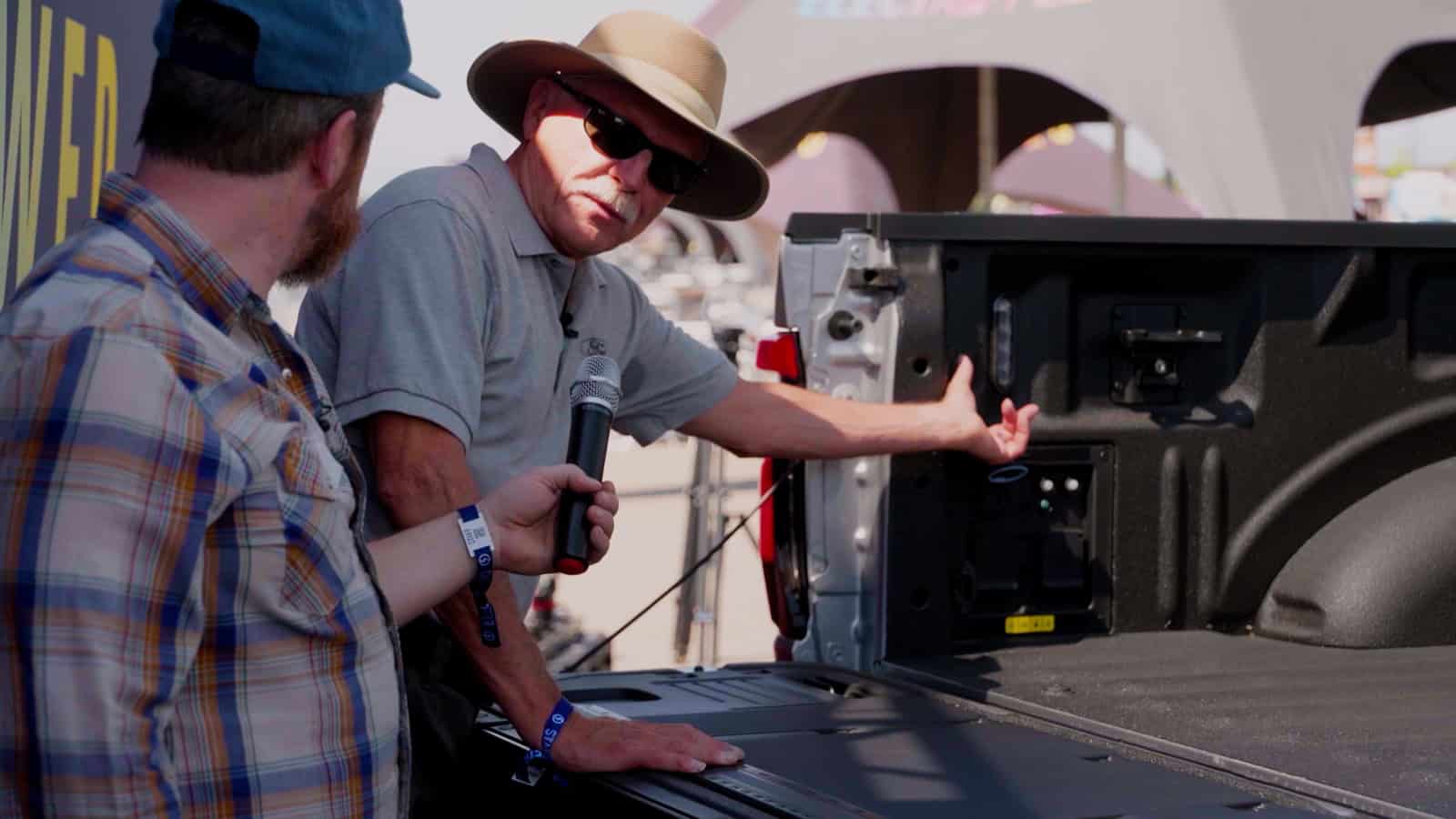- Mon Power and Potomac Edison are constructing a 5.5-megawatt solar energy site in Rivesville, West Virginia, marking the second utility-grade solar project in the state.
- The Rivesville solar site is part of a plan from FirstEnergy Corp. to build five solar projects throughout West Virginia, with the aim of collectively generating 50 megawatts of renewable electricity.
- Transforming a former coal mining site into a solar farm gives West Virginia a chance to build out its new clean energy sources literally on top of an old source of dirtier power.
Mon Power and Potomac Edison, both part of FirstEnergy Corp., recently began construction on their second utility-grade solar energy site in West Virginia. Located in Marion County, the Rivesville solar site will cover about 27 acres and produce up to 5.5 megawatts of renewable energy.
West Virginia has already seen some growth in its green infrastructure, including electric school buses. This solar project will continue to expand the state’s approach to pursuing clean transit and clean energy.
ADVERTISEMENT
Expanding Solar Energy in West Virginia
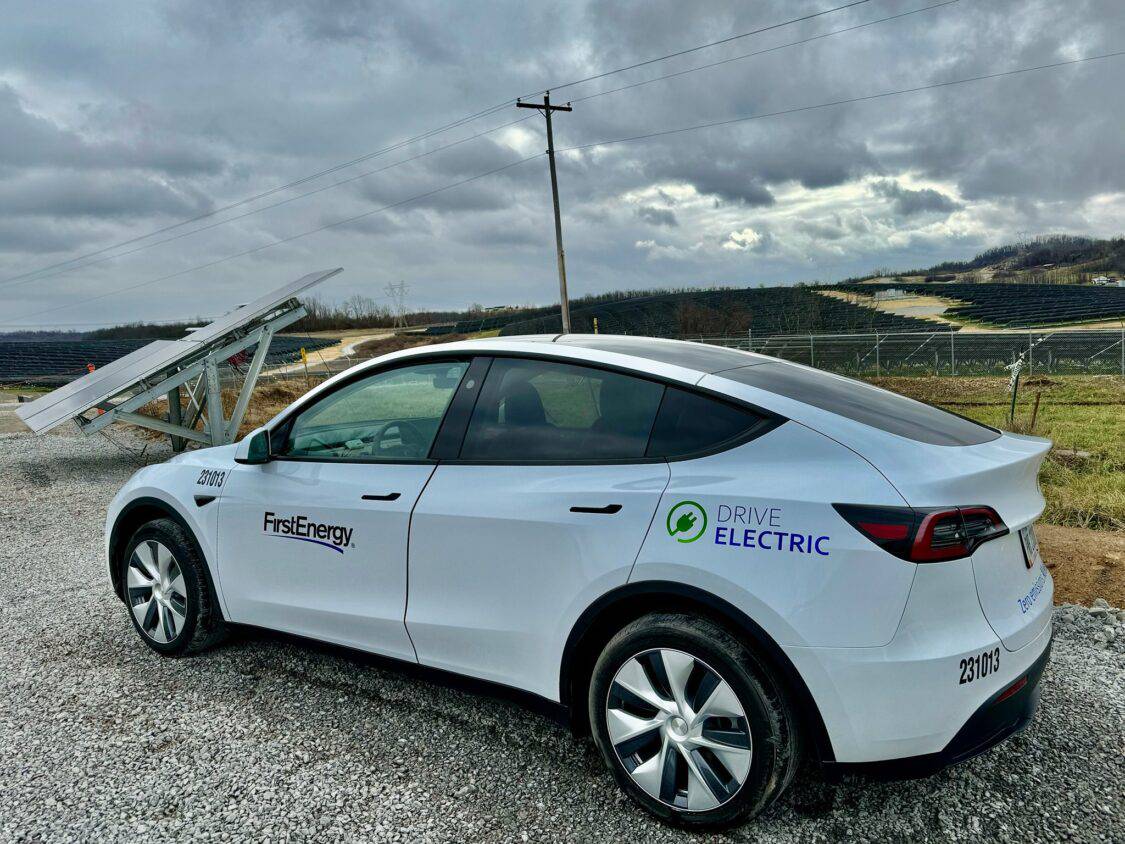
The Rivesville solar site is the second one of five planned FirstEnergy Corp. solar projects throughout the state. The first one, the Fort Martin Power Station, went online in January 2024 and is able to produce up to 18.9 megawatts of solar energy per hour.
Just one megawatt of solar energy can power 173 homes on average, according to the Solar Energy Industries Association. All five eventual sites are expected to generate 50 megawatts of electricity collectively.
A third site in Berkeley County should be completed by the end of 2024, and the final two sites still need final approval from the Public Service Commission of West Virginia.
Building Out New Solar Sites
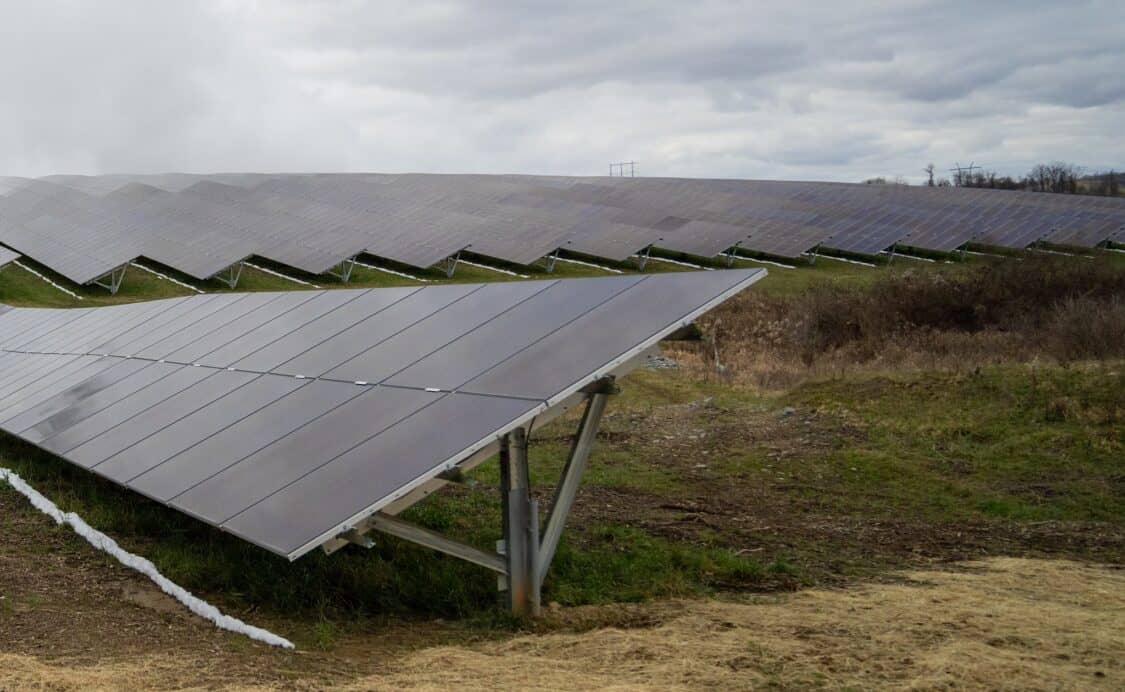
Rivesville itself is a former coal town, and the Rivesville property is a brownfield site that’s been unused since the old Rivesville Power Station was retired in 2012. A brownfield site like this one is a space that’s difficult to reuse because of potential hazardous substances, pollutants, or contaminants are present. Approximately 450,000 brownfields exist in the U.S., but development like a solar farm on top of a brownfield lets the land be reused while utilizing existing infrastructure, building up new jobs, and increasing the local tax base.
Jim Myers, President of Operations for FirstEnergy in West Virginia, had this to say: “We are proud to be transforming a former coal ash disposal site into a source of clean renewable energy for our customers. We believe the energy generated by our West Virginia solar sites will continue to encourage economic development in the state because a growing number of companies require a portion of the electricity they purchase to be generated by renewable sources.”
FirstEnergy Corp. is hiring local union workers to construct the Rivesville solar site, just as it did for the Fort Martin Power Station. Since getting underway in March, crews have removed trees, constructed roads, and installed fences to prepare for the electrical and mechanical work ahead.
If you want a quick visual update of the site, FirstEnergy Corp. shared some drone footage of the Rivesville construction site via YouTube.
ADVERTISEMENT

IMAGES: FIRSTENERGY
FTC: We use income-earning auto affiliate links. Learn more.


